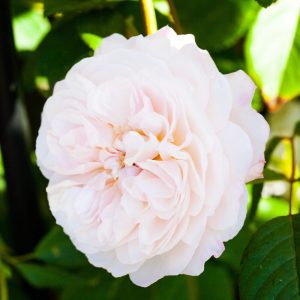Description
Asplenium scolopendrium, commonly known as Hart’s tongue fern, is an evergreen fern that is prized for its striking appearance and low-maintenance nature. The fern features long, narrow, undivided fronds that are a glossy, dark green color. The fronds grow from a central rosette and can reach a length of up to 60 cm. The plant does not produce flowers or seeds, but reproduces by spores that develop on the underside of the fronds. Hart’s tongue fern is an excellent choice for woodland gardens, rock gardens, and shady borders. The fern is low-maintenance and relatively pest and disease-resistant. It can be propagated by division in the spring.
Key Facts
- Common Name(s):Hart’s Tongue Fern
- Hardiness:Fully hardy
- How big will I get? Asplenium scolopendrium can grow to a height of 0.5m and a spread of 0.5m.
- Did You Know That:The name “Hart’s Tongue” comes from the shape of the leaves, which resemble the tongue of a deer or a “hart” in Old English?
Plant Calendar
A rough guide to how this plant will change through the year.
| Jan | Feb | Mar | Apr | May | June | July | Aug | Sept | Oct | Nov | Dec | |
| Foliage Colour |  |
 |
 |
 |
 |
 |
 |
 |
 |
 |
 |
 |
| J | F | M | A | M | J | J | A | S | O | N | D |
 |
 |
 |
 |
 |
 |
 |
 |
 |
 |
 |
 |
Care Guide

Soil Requirements
Asplenium scolopendrium prefers moist but well-draining soil. This plant is not tolerant of acidic soil, it requires either a neutral or alkaline soil to grow.

Best Position
Asplenium scolopendrium can handle either an exposed or a sheltered position and is perfect for darker areas of your garden it likes either full or partial shade.

Maintenance
Asplenium scolopendrium is fairly low maintenance and doesn’t require any pruning. However removing any dead or damaged foliage by cutting them out at the base, can be done throughout the year and will keep the plant looking fresh and healthy.

Pest, Diseases and Wildlife
Asplenium scolopendrium is generally pest free, and it tends not to have problems with diseases. It is not considered to be toxic.





